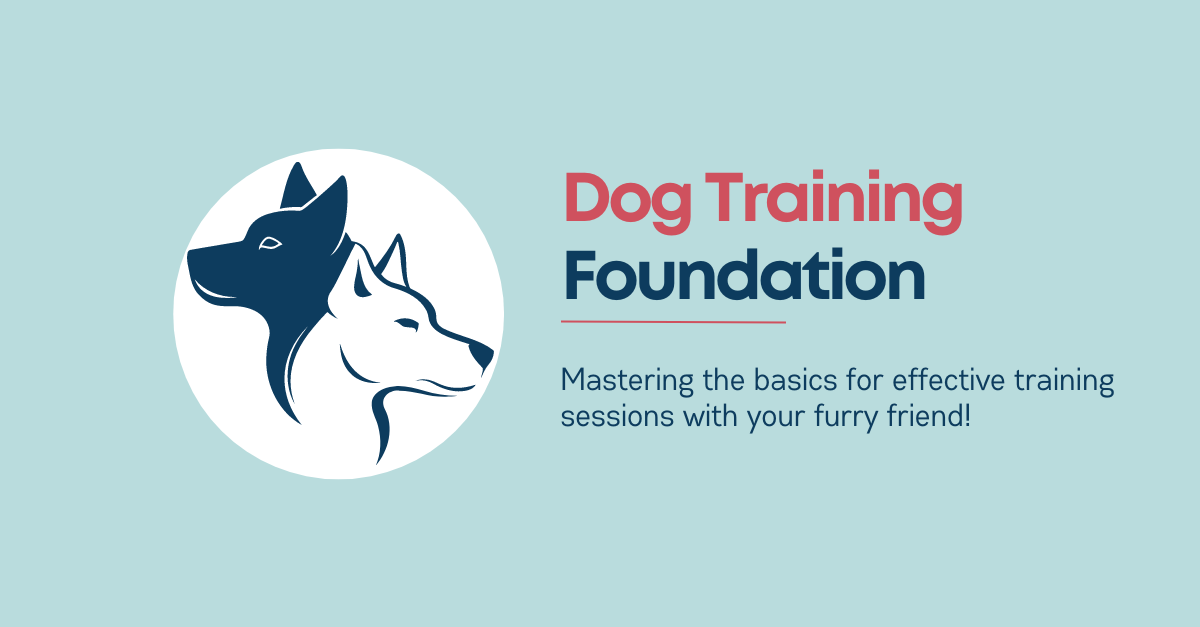Introduction
Training a dog is a rewarding journey that strengthens the bond between you and your furry friend. Whether you’re focusing on basic obedience, behaviour modification, or preparing for competitive sports, understanding the fundamentals of dog training is essential. This article provides an overview of general training principles that apply across various goals and methodologies. Even if you choose to engage a professional trainer, having a foundational knowledge will help you make informed decisions and communicate effectively with your trainer.
For more insights into the dog training landscape in Singapore, please check out our article for dog training in Singapore.
Main Concepts
Dog training aims at encouraging desired behaviours and discouraging unwanted ones. This process involves understanding and applying two key principles: operant conditioning and classical conditioning.
- Operant Conditioning: A method where behaviours are influenced by the consequences that follow.
- Classical Conditioning: A method where associations are formed between different stimuli and responses.
Both conditioning methods play crucial roles in shaping your dog’s behaviour. Let’s delve deeper into each.
Operant Conditioning
Learning by Consequences
Operant conditioning is the cornerstone of most dog training programs. It involves four quadrants that help shape behaviours through rewards and punishments:
- Positive Reinforcement: Adding something pleasant to increase a behaviour (e.g., giving a treat when the dog sits).
- Negative Reinforcement: Removing something unpleasant to increase a behaviour (e.g., stopping pressure when the dog complies).
- Positive Punishment: Adding something unpleasant to decrease a behaviour (e.g., using a reprimand to stop jumping).
- Negative Punishment: Removing something pleasant to decrease a behaviour (e.g., taking away a toy when the dog misbehaves).
While most trainers and dog owners find operant conditioning intuitive, it’s important to keep in mind some key principles:
- Shaping: Gradually guiding the dog towards the desired behaviour.
- Timing: Immediate consequences are crucial for effective learning.
- Consistency: Regular reinforcement helps solidify behaviours.
- Reinforcement: Positive reinforcement is often the most effective and humane approach.
- Patience: Training takes time; rushing can result in confusion and frustration.
It’s vital to remember that operant conditioning should not be used in isolation. Ignoring the possible implications of classical conditioning can lead to incomplete or ineffective training.
Classical Conditioning
Learning by Association
Classical conditioning involves creating associations between two stimuli, leading to a learned response. While it might seem less direct than operant conditioning, its influence on behaviour is profound.
Positive Example
Imagine a dog that drools when it sees food. If you ring a bell every time you serve the food, eventually, the dog will start to drool at the sound of the bell alone. This is a classic example of how positive associations are formed.
Negative Example
Consider a dog that experiences a shock from a shock collar when it barks. Over time, the dog may start associating barking with pain, potentially leading to fear or aggression even in the absence of the collar.
Many trainers and dog owners overlook the passive impact of classical conditioning. However, some of the most severe behavioural issues stem from these associations, which cannot be addressed through operant conditioning alone. If you find that operant conditioning isn’t working for your dog, it might be time to consult our behaviour consultant for an assessment.
For a deeper understanding of the negative impacts of punishment, check out our article why punishment is an ineffective behaviour modification tool!
Putting It Together
Integrating Classical and Operant Conditioning
Effective dog training requires a nuanced approach that considers both classical and operant conditioning. Here are some key points to remember:
- Emotional State: Always consider the dog’s emotional state during training. Aversive stimuli can cause stress, fear, or aggression.
- Complex Interplay: Training activities must manage the intricate interplay between the dog’s emotional associations with the activity and the expected rewards for performing desired behaviours.
- Professional Help: If you encounter challenges, consulting a professional is advisable. Our experienced trainers can provide guidance tailored to your dog’s needs. Check out our behavioural change programme for more information.
Training your dog is a complex yet rewarding endeavour. By understanding and applying these fundamental principles, you can create a positive and effective training experience for both you and your dog.
Conclusion
Dog training is an art and science that requires both knowledge and empathy. By mastering the fundamentals of operant and classical conditioning, you can foster a happy, well-behaved companion. Remember, each dog is unique and may require tailored approaches to address specific challenges.
If you ever find yourself in doubt, don’t hesitate to reach out to our experts. Your journey towards a well-trained dog needn’t be walked alone. Check out our dog training services to learn more about how we can support you and your furry friend.
By adhering to these principles, you’ll ensure a smooth and encouraging training process, paving the way for a harmonious relationship with your pet.








